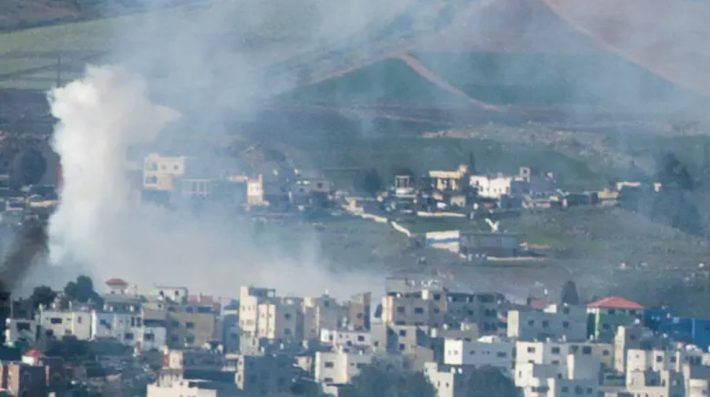The IDF published the findings of the investigation into the attack on rescue vehicles in Rafah: 15 Palestinian Arabs killed, six of whom were Hamas members. Golani Reconnaissance Battalion deputy commander to be dismissed.’
The IDF Spokesperson’s Unit published the findings of the inquiry into the incident in which aid teams and vehicles were hit by Israeli gunfire in the Gaza Strip. The General Staff Fact Finding Mechanism, led by Maj. Gen. (Res.) Yoav Har-Even conducted the inquiry, and the findings were presented to IDF Chief of Staff Eyal Zamir.
The inquiry found that on the night of the 23rd of March, Golani Reconnaissance Battalion forces were deployed in an ambush to prevent the passage of terrorists through the neighborhood. At around 4:00 a.m., the troops identified a vehicle with blinking blue and red lights; they mistakenly identified it as a Hamas police vehicle and fired on it. After the fact, it turned out to be an ambulance. Two Palestinian Arabs were killed by the gunfire, and an additional one was suspected of being a member of Hamas and taken for interrogation.
Later, the forces identified three other vehicles and a motorcycle, but they did not immediately open fire. At around 5:00, two civilians – a father and son – were detained and released in the morning after it was determined that they were not suspects.
A few minutes later, a fire engine approached the ambush at high speed. The commander of the forces, who did not notice the details of the convoy due to poor visibility conditions, identified suspicious movements when an individual quickly disembarked from the vehicle and opened fire. The forces charged toward the vehicles, and the shooting continued for approximately three minutes. During the action, shouts of “cease fire” were heard, and the soldiers identified that those being shot at were not armed terrorists. One of the paramedics who was not shot was detained in the morning.
The inquiry found no evidence to support claims of execution or that any of the deceased were bound before or after the shooting and refers to such accusations as “baseless blood libels.” The IDF emphasized that the events transpired in a hostile area where there is a history of ambulances being used by Hamas for terrorism.
A few minutes later, a UNRWA vehicle with UN insignia arrived at the scene. Despite identifying it, shots were fired, in violation of orders, and a UNRWA employee was killed.
The inquiry, which was based on interrogations, operational footage, a reenactment at the scene, and testimonies by the Palestinian Arab paramedic who survived the shooting, points to a series of identification errors and errors in judgment.
After the incident, the bodies were removed from the road to open it for the evacuation of civilians, and the forces in the field crushed the vehicles. The examination concluded that removing the bodies was reasonable under the circumstances, but the decision to crush the vehicles was wrong. The IDF insists that, in general, there was no attempt to conceal the event, which was discussed with international organizations and the UN, including coordination for the removal of bodies.
The IDF noted that the first two incidents resulted from an operational misunderstanding by the troops, who believed they faced a tangible threat from enemy forces. The third incident involved a breach of orders during a combat setting. The inquiry found that 15 Palestinian Arabs were killed in the incident, including six Hamas terrorists who were identified later.
The Chief of the General Staff accepted the Commanding Officer of the Southern Command’s recommendation on the following command measures:
The Commanding Officer of the 14th Brigade will receive a reprimand, which will be recorded in his personal file, for his overall responsibility for the incident, including the procedure of combat and management of the scene afterward.
The deputy commander of the Golani Reconnaissance Battalion will be dismissed from his position due to his responsibilities as the field commander in this incident and for providing an incomplete and inaccurate report during the debrief.
According to the IDF, the deputy commander of the Golani Reconnaissance Battalion, who was dismissed, is a “highly respected officer, whose military service and personal story reflect a spirit of combat, volunteerism, and great dedication. Following October 7th, he returned from abroad to serve in reserve duty, continued to operate in Gaza until he was injured in the combat, and returned to service after his recovery. Over the past six months, he was on active reserve duty and served as the battalion’s deputy commander.”
The IDF added that it “regrets the harm caused to uninvolved civilians. The examination process also serves as part of an ongoing effort to learn from operational incidents and reduce the likelihood of similar occurrences in the future. Existing protocols have been clarified and reinforced – emphasizing the need for heightened caution when operating near rescue forces and medical personnel, even in high-intensity combat zones.”





